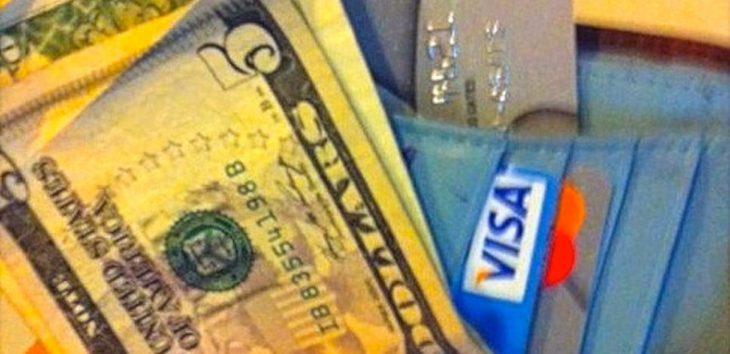NRF: Consumer spending slows, prices remain high but are declining
by August 10, 2023 3:22 pm 505 views

U.S. consumers are still buying more than last year, but spending growth is slowing as the economy settles down amid higher interest rates intended to reduce inflation, National Retail Federation Chief Economist Jack Kleinhenz said Thursday (Aug. 10).
“The economy was clearly more resilient in the first half of this year than many expected, and the consumer environment has been positive as inflation has slowed,” Kleinhenz said. “Nonetheless, there are ongoing economic challenges and questions, and the pace of consumer spending growth is becoming incrementally slower.”
Also on Thursday, the U.S. Bureau of Labor Statistics reported the consumer price index rose 3.2% from a year ago in July, a sign that inflation has lost at least some of its hold on the U.S. economy. The annual rate was slightly below the 3.3% forecast and slightly higher than in June. Core inflation that excludes food and energy was up 4.7% in July compared to a year ago. The BLS reported the majority of inflation came from shelter/housing costs which rose 7.7% year over year. Airfares rose 9% to push transportation costs higher.
Food prices at home increased 3.6% over the past 12 months, while food away from home (restaurants) rose 7.1%. Overall, food prices fell to a two-year low of 4.9%. The index for cereals and bakery products rose 7.% over the 12 months ending in July. The meats, poultry, fish, and eggs index declined 0.2% from a year ago. The remaining major grocery store food groups posted increases ranging from 1.3% for dairy and related products to 5.4% for nonalcoholic beverages and other food at home, BLS reports.
“It’s a very long journey from the peak inflation rates we saw just a year ago,” said Mike Pugliese, director and senior economist at Wells Fargo. “We are pretty unlikely to see outright deflation unless we get a very severe recession,” he added.
Economists tend to agree that decelerating inflation levels are taking some pressure off of the Fed to raise rates again. While the Fed still faces “a tricky job” in trying to control inflation without triggering a recession, “the current framework clearly increases the chance of a slower economy,” Kleinhenz said.
Kleinhenz said consumers are still spending but under financial pressure and have been adjusting how much they buy while also shifting from goods to services.
“While job and wage gains have counterbalanced inflation, the stockpile of savings accumulated during the pandemic is dwindling and is no longer providing as much spending power as previously available,” Kleinhenz said.
According to Kleinhenz, consumer spending makes up about 70% of Gross Domestic Product and played a major role in the economy’s expansion. He said the year-over-year spending growth slipped from 4.2% in the first quarter to 1.6% in the second. Retail sales as calculated by NRF – excluding automobile dealers, gasoline stations and restaurants – were up 3.1% unadjusted year over year in the second quarter. That kept up with inflation but was below the 4% growth for the first six months of the year.
